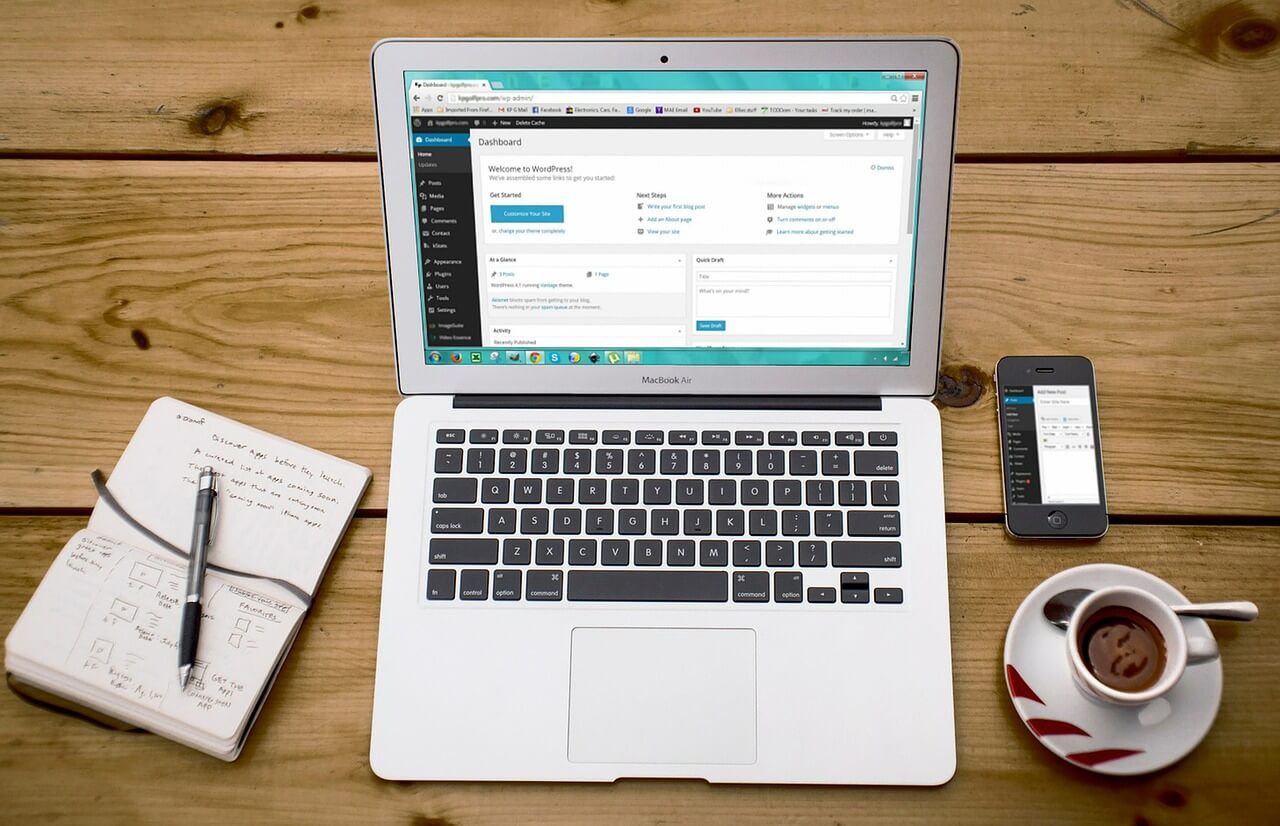Business
How much does a website cost?
In the first few months of your website’s life, the costs are not that high, and some services are offered for free for a limited time.

One of the barriers to starting a website for most people is the cost of doing it. But aspiring bloggers rarely realize that’s not true. A website doesn’t need to cost you more than a few bucks a month if you are just starting out. And as you grow, investing more in your platform makes sense.
Let’s debunk this myth by covering the different elements of building a website that you might need to pay for.
Your main expense is hosting
The foundation of your website is the content management system you choose to use. Usually, that’s WordPress as it powers the majority of the websites. It’s free, an open source, and has multiple features and designs you can choose from to easily create a professional-looking platform for your business.
In order to make the site live, though, you’ll need to pick a hosting company and choose one of their packages. Oftentimes, the question “How much does a website cost?” actually means “What do you pay for hosting?” You need a web host’s servers to know your site is accessible, up and running 24/7, available to anyone in the world, and loads fast.
For a newbie with no traffic and who’s just beginning building an audience and publishing content, a simple hosting package would do. That costs less than $5 per month and can be paid yearly (with a discount). That means you can cover your first and only expense at once and never think about spending until you start building initial traffic.
The third main element when building a new website is the domain name. It can be purchased separately, or you can pick and activate it when signing up for a hosting provider. Some companies even offer that for free for the first year. From then on, it’s around $10 a year to keep the domain name for yourself.

Most websites use WordPress as their content management system. (Source)
The things you might need to pay for next
The real cost of a website depends on your business goals. Most bloggers and small business owners simply don’t need a designer, SEO specialist and developer. In fact, they might never need it.
However, some things you might want to invest in the next or a few months after starting your website include:
Premium WordPress themes
There are more than enough free ones in the WordPress Theme directory, but that also means you don’t know how clean their code is. Some important features might be missing, and they aren’t unique as tens of thousands of websites are using the same template. If you want an original design tailored specifically to your needs and your audience, it’s worth getting a premium theme. These go around $30 to $60 depending on their features. Once you buy, upload, install and activate one, you can make your site load faster, provide a better user experience, optimize the blog, and avoid any errors in the code that search engines might one day spot.
Drag & drop builder
Regardless of your niche, business model and monetization strategies, you’d eventually sell or promote something on your site. For that, you need well-designed, optimized and lightweight sales pages. While you might try to design these yourself or even hire a designer, it’s best to buy a landing page plugin such as Thrive Architect, OptimizePress and LeadPages. These offer tens of ready-made templates that are tried and tested, are easy to use, let you do split testing, and use advanced design elements.
Marketing automation
Having a newsletter is something every website owner should do early on. To build one, start collecting email addresses, and send out emails to everyone on the list, you’ll need to use a marketing automation software tool. Some companies let you use their services for free for your first few hundred email subscribers or offer a trial period for you to test it. But from then on, it will cost you a monthly fee. How expensive that is depends on whether or not you send out emails often, how fast you grow your list, what your budget is, and whether you decide to use drip campaigns. For example, if your main source of income is affiliate marketing, the best way to reach people is via email, and you get a good click-through rate, then it’s worth investing in a professional tool such as ConvertKit.
A website doesn’t need to cost much, and you should absolutely never consider this to be a barrier. Get a proper hosting provider and choose your domain name today, install WordPress with one click and start blogging and building a name for yourself. Don’t think about your next expenses. Simply take the first step and see where the journey takes you.
—
DISCLAIMER: This article expresses my own ideas and opinions. Any information I have shared are from sources that I believe to be reliable and accurate. I did not receive any financial compensation in writing this post, nor do I own any shares in any company I’ve mentioned. I encourage any reader to do their own diligent research first before making any investment decisions.

-

 Markets2 weeks ago
Markets2 weeks agoGlobal Sugar Market Sees Mixed Trends Amid Weather Shifts and Price Pressures
-

 Fintech3 days ago
Fintech3 days agoKraken Launches Krak: A Game-Changing Peer-to-Peer Crypto Payment App
-

 Africa2 weeks ago
Africa2 weeks agoAgadir Welcomes Nearly 570,000 Tourists by May 2025
-

 Cannabis6 days ago
Cannabis6 days agoRecord-Breaking Mary Jane Fair in Berlin Highlights Cannabis Boom Amid Political Uncertainty






![Kevin Harrington - 1.5 Minutes to a Lifetime of Wealth [OTC: RSTN]](https://born2invest.com/wp-content/uploads/2023/12/kevin-harrington-400x240.jpg)
![Kevin Harrington - 1.5 Minutes to a Lifetime of Wealth [OTC: RSTN]](https://born2invest.com/wp-content/uploads/2023/12/kevin-harrington-80x80.jpg)














You must be logged in to post a comment Login